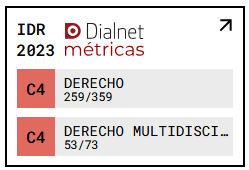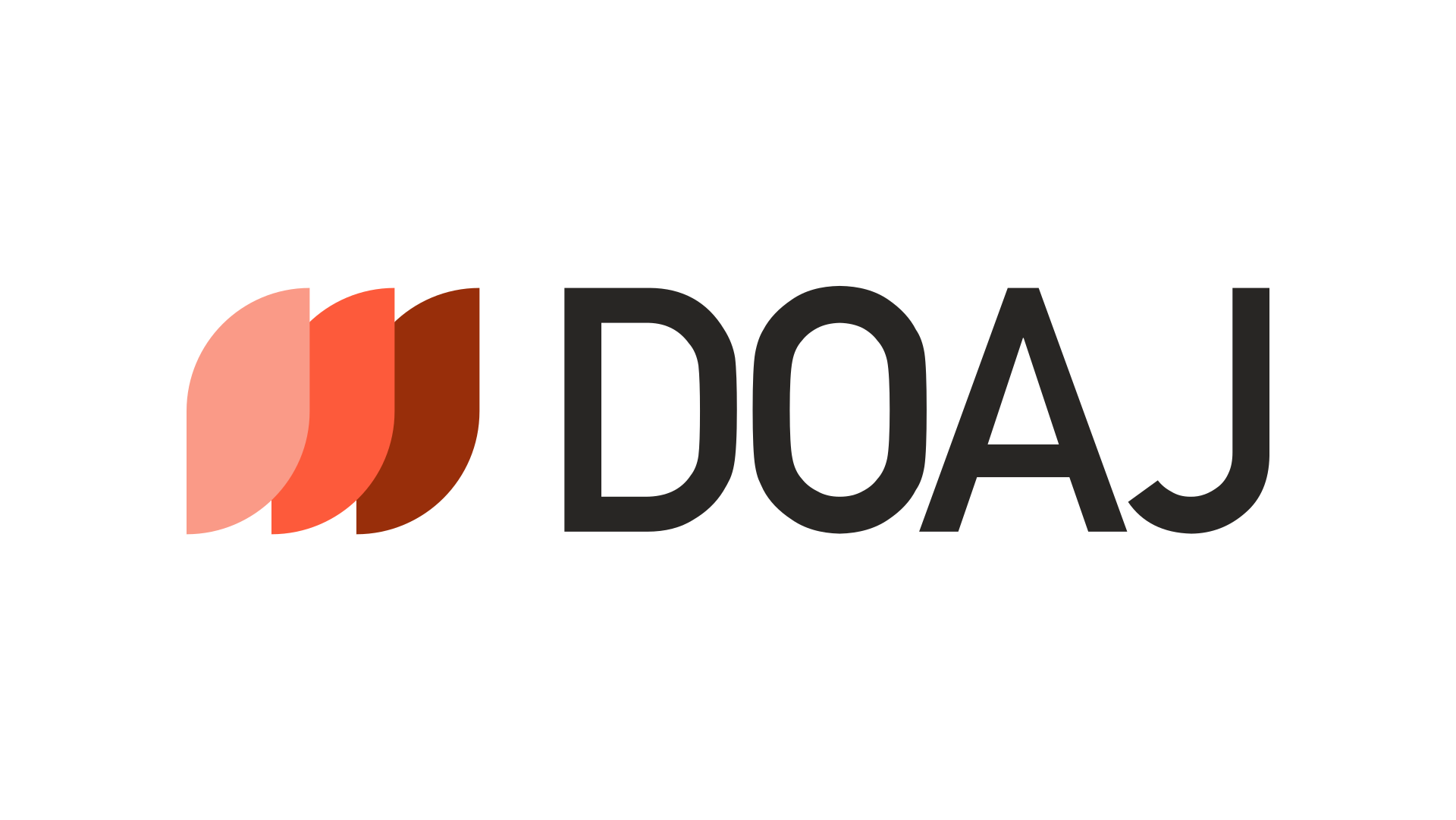Anti-Bribery Compliance Incentives
DOI:
https://doi.org/10.18172/redur.4235Abstract
This article analyzes an innovative approach to eliminate bribes in multinational corporations. In particular, the concept of using incentive systems to fight corruption is evaluated. This article teaches us how compliance officers, even having laws to which they must adhere, are in some way obliged to make bribes in order to receive subsidies that they can favor them although the regulation gives us another point of view and a different opinion to the one that is exercised. Based on the analysis of 10 formal interviews and 10 interviews of informal experts with prevention experts and corrupt employees, a combination of extra-malus payments is developed. A performance matrix could be used to encourage compliance and productivity. The findings of this study are limited to the perspectives of 20 interviewees. Therefore, it is possible that a study with a larger sample conducted in different countries or at a different time has resulted in different results. The identification of gaps in existing enforcement mechanisms against bribery is intended to provide enforcement officials and legislators with valuable information on how undesirable behaviour could be prevented. It is found that the elimination of the wrong incentives and the establishment of the right ones could take important steps to advance in the fight against bribery.Downloads
References
ARMANTIER, O. Y BOLY, A. (2014), «Sobre los efectos del encuadre de incentivos en el soborno: evidencia de un experimento en Burkina Faso», Economics of Governance, vol. 15 No. 1, p. 1. DOI: https://doi.org/10.1007/s10101-013-0135-0
BESLEY, T.J. Y MCLAREN, J. (1993), «Impuestos y sobornos: el papel de los incentivos salariales», The Economic Journal, vol. 103 No. 416, p. 119. DOI: https://doi.org/10.2307/2234340
DHARWADKAR, B., GEORGE, G. Y BRANDES, P. (2000), «Privatización en economías emergentes: una perspectiva de teoría de agencia», Academy of Management Review, vol. 25 No. 3, p. 650. DOI: https://doi.org/10.2307/259316
EHRLICH, I. Y LUI, F.T. (1999), «La corrupción burocrática y el crecimiento económico endógeno», Journal of Political Economy, vol. 107 No. S6, p. 270. DOI: https://doi.org/10.1086/250111
EISENHARDT, K.M. (1985), «Control: enfoques organizacionales y económicos», Management Science, vol. 31 No. 2, p. 134. DOI: https://doi.org/10.1287/mnsc.31.2.134
EISENHARDT, K.M. (1989), «Teoría de la agencia: una evaluación y revisión», Academy of Management Review, vol. 14 No. 1, p. 57.
FAMA, E.F. (1980), «Problemas de la agencia y la teoría de la empresa», Journal of Political Economy, vol. 88 No. 2, p. 288.
GUPTA, A. (1995), «Bordes borrosos: el discurso de la corrupción, la cultura de la política y el estado imaginado», American Ethnologist, vol. 22 No. 2, p. 375-402.
KIM, J.-B. (1999), «Implementación en Corea de la convención de soborno de la OCDE: implicaciones para los esfuerzos globales para luchar contra la corrupción», UCLA Pacific Basin Law Journal, vol. 17 No. 2/3, p. 245.
KUBICIEL, M. (2013), «El Informe Anticorrupción de la UE: un nuevo camino hacia una política de prevención coherente [en alemán]», HRRS (Höchstrichterliche Rechtsprechung zum Strafrecht), Juni 2013 (6/2013), pp. 213-219.
MAYRING, P. (2010), Análisis de contenido cualitativo: conceptos básicos y técnicos [en alemán], Beltz, Weinheim, Alemania.
MISANGYI, V.F., WEAVER, G.R. Y ELMS, H. (2008), «Terminar con la corrupción: la interacción entre las lógicas institucionales, los recursos y los empresarios institucionales», Academy of Management Review, vol. 33 No. 3, p. 750.
MOOKHERJEE, D. (1998). «Reformas de incentivos en las burocracias de los países en desarrollo: lecciones de la administración tributaria», en Pleskovic, B. y Stiglitz, J.E. (Eds.), Conferencia Anual del Banco Mundial sobre Economía del Desarrollo, 1997, Banco Mundial, Washington, DC, p. 103.
MORSE, J.M., BARRETT, M., MAYAN, M., OLSON, K. Y SPIRES, J. (2002), «Estrategias de verificación para establecer la fiabilidad y la validez en la investigación cualitativa», International Journal of Qualitative Methods, vol. 1 No. 2, p. 13.
NILAKANT, V. Y RAO, H. (1994), «Teoría de la agencia e incertidumbre en las organizaciones: una evaluación», Organization Studies, vol. 15 No. 5, p. 649. DOI: https://doi.org/10.1177/017084069401500501
OCDE (1998), «Convención sobre la lucha contra el soborno de funcionarios públicos extranjeros en transacciones comerciales internacionales y documentos relacionados», Documento de trabajo de la OCDE, vol. 6 No. 4, OCDE, París, disponible en: https://www.oecd.org/daf/anti-bribery/ConvCombatBribery_ENG.pdf (consultado el 9 de abril de 2016).
OCDE (2003), «Anexo a la recomendación del Consejo sobre las Directrices de la OCDE para gestionar los conflictos de intereses en el servicio público» (pp. 2-14), OCDE, París, disponible en: http://www.oecd.org/gov/ethics/2957360.pdf (consultado el 9 de abril de 2016).
ROSS, S.A. (1973), «La teoría económica de la agencia: el problema del director», The American Economic Review, vol. 63 No. 2, p. 134.
ROTH, K. Y O'DONNELL, S. (1996), «Estrategia de compensación subsidiaria extranjera: una perspectiva de teoría de agencia», Academy of Management Journal, vol. 39 No. 3, p. 678.
TEICHMANN, F. (2017), Incentivos contra el soborno, Kassel University Press, Kassel.
TEICHMANN, F. Y MONTEIRO, D. (2019), Delitos de cuello blanco, Kassel University Press, Kassel.
Downloads
Published
How to Cite
Issue
Section
License
Copyright (c) 2018 Fabian Maximilian Johannes Teichmann, Debora Rafaela Monteiro

This work is licensed under a Creative Commons Attribution 4.0 International License.
The works published in REDUR are submitted to the following terms:
- The journal maintains the works published copyright, favours and allows the works reuse under a Creative Commons Attribution-NonComercial-NonDerivs 3.0 Unported license (legal text).
- Permissions beyond the scope of this license may be requested to Copyright Owners.
- Authors accept: the journal’s license of use; copyright policies and self- archiving; open access policy.
- In case of reuse published source must be acknowledged:
- Must include set publisher statement:
First published in Revista del Departamento de Dercho de la Universidad de La Rioja (REDUR) in [volume and number, or year], published by Universidad de La Rioja (Spain). - Set phrase to accompany link to published version:
The original publication is available at: www.unirioja.es/redur







